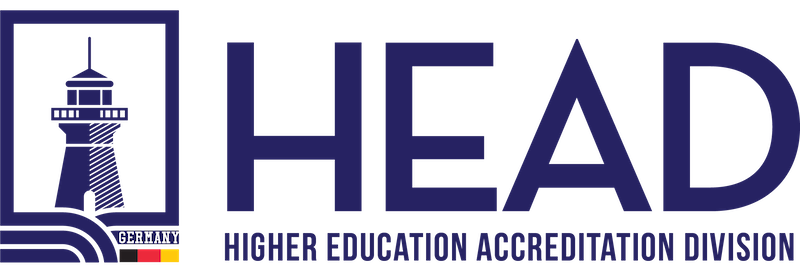Establishing Scope in Educational Organizations: A Key to Effective Management

In the ever-evolving landscape of higher education, universities and educational providers face numerous challenges in delivering quality education while meeting the diverse needs of their stakeholders. To navigate these complexities, organizations must establish a clear scope for their Educational Organisations Management System. By carefully considering both external and internal issues, universities can effectively define the boundaries and applicability of their management system, ensuring efficient operations and improved educational outcomes.
Identifying External and Internal Issues:
Before determining the scope of the Educational Organisations Management System, universities must assess the external factors that impact their operations. This includes analyzing regulatory requirements, societal expectations, market demands, and industry standards. By understanding these external issues, educational organizations can proactively address compliance, anticipate future trends, and adapt their strategies accordingly.
Equally important is the assessment of internal issues. Universities should evaluate their available resources, capabilities, organizational culture, stakeholder expectations, and strategic objectives. This internal analysis helps identify potential gaps and strengths within the organization, enabling effective resource allocation, process improvements, and alignment with the overarching goals of the institution.
Defining the Scope:
Once external and internal issues have been thoroughly evaluated, the organization can establish the scope of its Educational Organisations Management System. This process involves determining which processes, departments, and activities are included within the system and which are excluded. Clarity in defining the scope is essential to avoid confusion, minimize duplication, and ensure that efforts are appropriately directed.
Documenting the Scope:
To effectively communicate the defined scope, it is crucial for universities to document it in a clear and concise manner. This documentation should be easily accessible to relevant stakeholders, ensuring everyone understands the boundaries and applicability of the Educational Organisations Management System. By documenting the scope, universities provide a reference point for decision-making, facilitate communication, and enable efficient implementation of controls and measures.
Implementing Controls:
Once the scope is established, universities must implement controls and measures to ensure compliance and effective management within the defined boundaries. This may involve creating policies, procedures, and guidelines that align with the scope, as well as conducting regular audits and reviews. By implementing controls, universities can monitor processes, identify potential risks, and mitigate them proactively, ensuring the smooth functioning of the educational management system.
Continual Improvement:
Establishing the scope is not a one-time exercise but an ongoing process. Educational organizations should regularly review and evaluate the effectiveness of their management system to identify areas for improvement. Feedback from students, faculty, and other stakeholders, combined with internal audits and benchmarking against best practices, can guide universities in making informed decisions and continually enhancing their educational management system.
Certification and Accreditation:
Universities and higher education providers can further demonstrate their commitment to fulfilling requirements by seeking certification or accreditation from relevant bodies or organizations. Such certifications validate that an organization meets specific standards and requirements, providing external recognition and enhancing credibility.
Conclusion:
In the dynamic world of higher education, universities and educational providers must establish a clear scope for their Educational Organisations Management System to ensure effective management and delivery of quality education. By carefully considering external and internal issues, defining the scope, documenting it, implementing controls, and embracing a culture of continual improvement, universities can navigate challenges, meet stakeholder expectations, and achieve their educational goals. With a well-defined scope, educational organizations lay the foundation for sustainable growth, innovation, and excellence in education.
Source: HEAD – Higher Education Accreditation Division
Would you like to speak to one of our Higher Education Accreditation Expert? Just submit your details and we’ll be in touch shortly. You can also email us if you would prefer.

